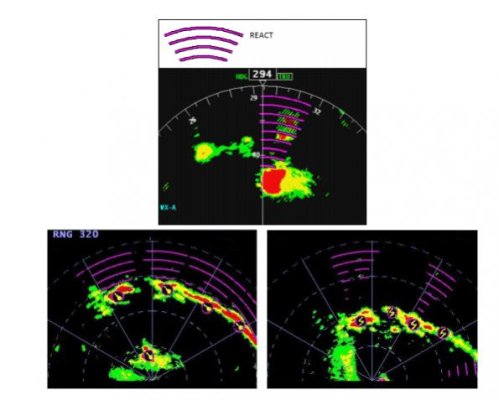twistedtree
Guru
Doppler helps with motion detection, but is only an aid. The most capable motion detection is ARPA which will show you the course and speed of another vessel. It does it by tracking successive positions of the target over time, and calculates the direction and speed of travel.
Doppler is another tool to help, providing a much faster way to measure the approaching speed of a target. Rather than needed to track a bunch of positions over time to assess speed, doppler can measure it in a single sweep. That's really useful, but it only measured the closing speed, i.e. how fast the target is getting closer to you. If the target is moving, but not in a way that is getting closer, doppler won't know it's moving, and you have to revert back to tracking successive positions. So dopper is an aid to target tracking, but not a replacement for ARPA-style tracking. But collision risks are from boats that are getting closer, so Doppler quickly identifies the ones you case about most, and that is really good.
It's also worth noting that there are other ways to quickly identify trouble targets. Furuno's fast tracking (or whatever they call it) basically tracks all targets all the time. Then, when you say you want to "acquire" a target, it starts displaying right away because it's been getting tracked all along. It's pretty cool, and a good way to make use of lots of processing power in current computers.
As for needed to know the boat's current speed and direction, that's actually vital to all of these tracking technologies. Doppler measures the closing speed between you and a target. But to figure out the speed over ground of the target you need to subtract out your own speed and direction using vector math. ARPA won't even work without speed and heading inputs.
Doppler is another tool to help, providing a much faster way to measure the approaching speed of a target. Rather than needed to track a bunch of positions over time to assess speed, doppler can measure it in a single sweep. That's really useful, but it only measured the closing speed, i.e. how fast the target is getting closer to you. If the target is moving, but not in a way that is getting closer, doppler won't know it's moving, and you have to revert back to tracking successive positions. So dopper is an aid to target tracking, but not a replacement for ARPA-style tracking. But collision risks are from boats that are getting closer, so Doppler quickly identifies the ones you case about most, and that is really good.
It's also worth noting that there are other ways to quickly identify trouble targets. Furuno's fast tracking (or whatever they call it) basically tracks all targets all the time. Then, when you say you want to "acquire" a target, it starts displaying right away because it's been getting tracked all along. It's pretty cool, and a good way to make use of lots of processing power in current computers.
As for needed to know the boat's current speed and direction, that's actually vital to all of these tracking technologies. Doppler measures the closing speed between you and a target. But to figure out the speed over ground of the target you need to subtract out your own speed and direction using vector math. ARPA won't even work without speed and heading inputs.



